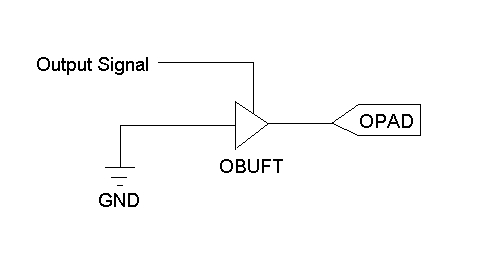I2C uses open collector outputs. FPGAs do not have such outputs. They do have tri state buffers though.
- How should open collector output be defined in a VHDL for an FPGA?
- How should open collector output be pulled high in testbench? i.e how model the pull up resistor e.g on SDA line that connects master to slave, in a testbench?

